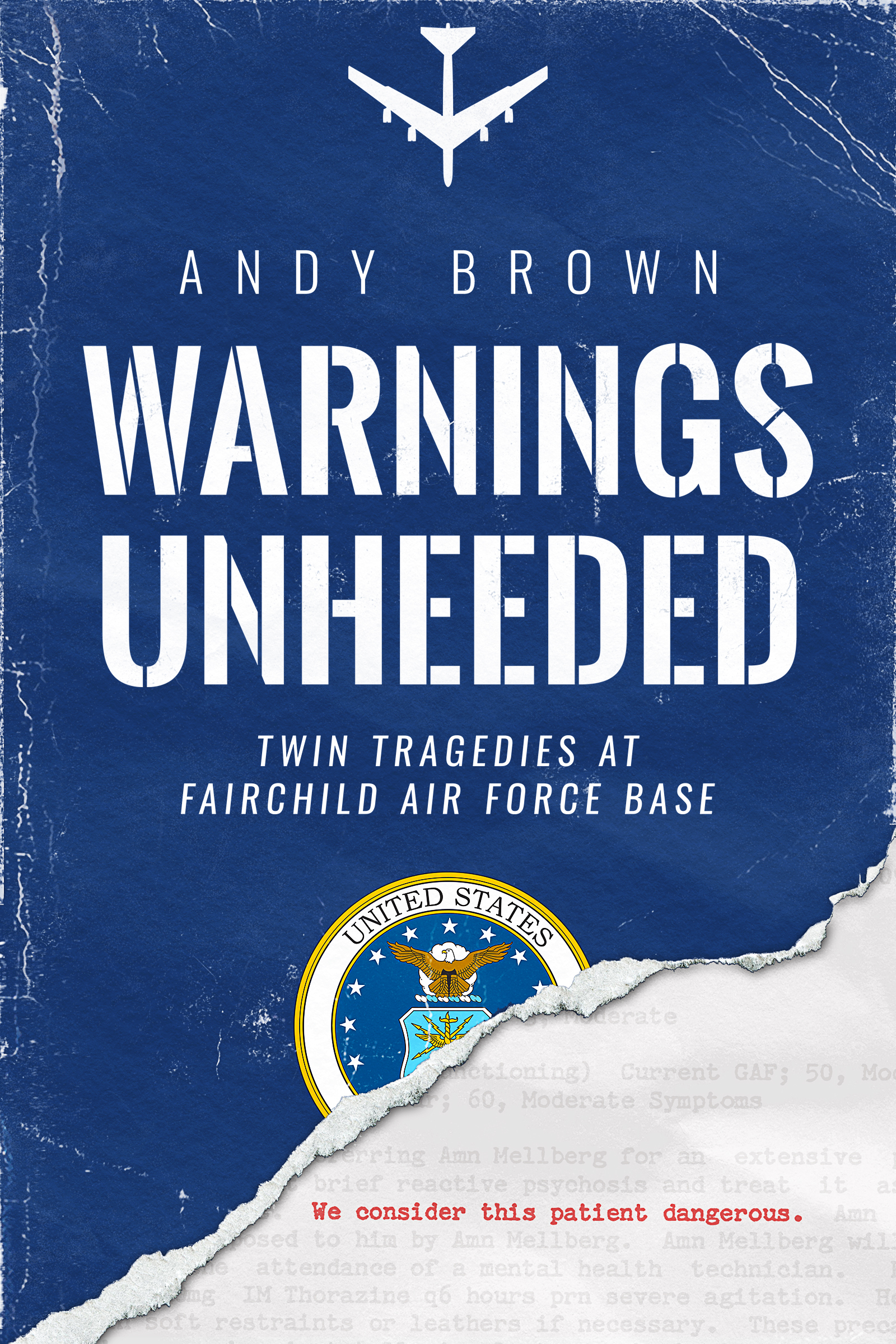What do you think?
Rate this book


380 pages, Kindle Edition
First published November 2, 2016
In the last week of June 1994, Fairchild Air Force base in Washington State found itself at the centre of two devastating tragedies which took the lives of nine individuals and injured twenty-two. The rage of a single gunman with a history of mental health problems followed by a daring manoeuvre in a B-52 bomber by an experienced but daredevil pilot whose desire for showmanship outweighed his respect for safety. 'Warnings Unheeded' is the insightful, honest and admirable book written by Andy Brown, the man who stopped gunman Dean Mellberg in the height of his shooting spree. It is a book which reflects on these two events and the two men who caused them, leading the reader through their histories and the clear mistakes that were made in both cases.
Throughout this journey, he has not only tried to uncover the lessons that can be learnt but also provide some healing to himself and others after battling his own feelings and emotions in understanding what it means to suffer from Post Traumatic Stress Disorder. It is a detailed and moving account of these two tragedies telling their stories as they unfold while equally serving as a solid reference for how two individual men on entirely different life courses when left to their own devices, caused so many deaths and impacted so many people.
Both Dean Mellberg and pilot Lt. Arthur 'Bud' Holland exhibited behaviour in the preceding years which raised red flags, and both were enabled to continue with no intervention. The success of Warnings Unheeded lies in Brown's engaging and heavily researched accounts of these cases and his reflections and understandings of the aftermath for himself, the survivors and families wrapped up in these two events. Through diligent research and rare honesty, Brown has provided a true insight into the aftermath of both these tragedies, a part of the story so many books do not explore. An in-depth and moving read telling the untold story with an important message to give.
Read my full review of Warnings Unheeded on Crime Traveller at: https://www.crimetraveller.org/2017/0...